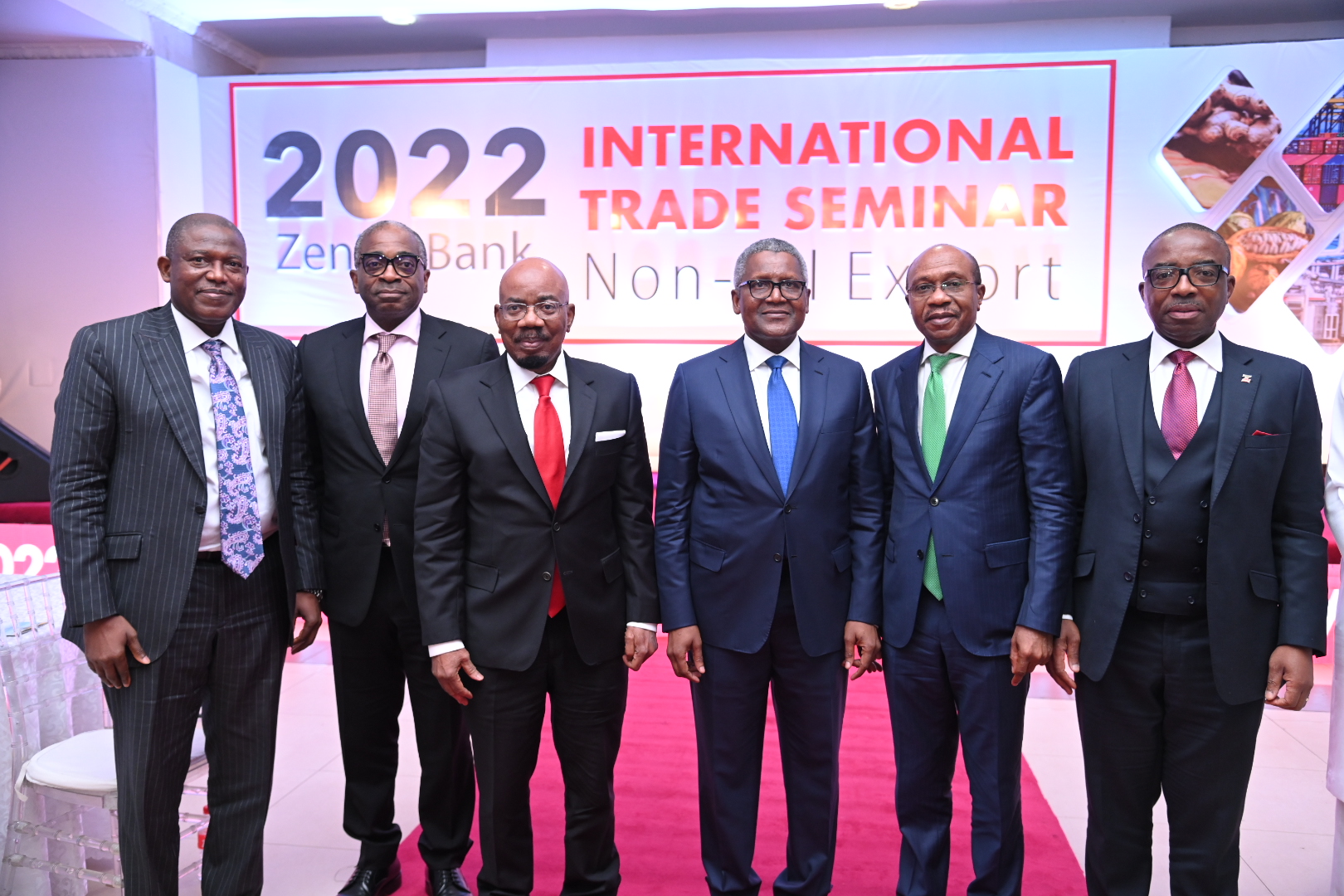The price of gold declined on Thursday morning in London, reaching its lowest level in over a year, as investors anticipated interest rate increases by major central banks to tame the growing inflation.
As investors continue to cut their exposure to the industry ahead of the central bank meeting, the price of the precious metal fell below $1,700/oz. The Nord Stream pipeline’s restart after a 10-day maintenance stoppage is another item on investors’ attention.
As of the time this post was being written, gold futures were down 0.7%, trading at $1,689 per ounce.
At its policy meeting on July 26–27, the U.S. Federal Reserve is widely anticipated to increase interest rates by 75 basis points.
Recently, the yellow metal has performed poorly, which is actually a pretty alarming development. Surprisingly, on Thursday morning, the dollar, which often swings in opposition to gold, moved lower. With more than half of July gone, gold continues to operate in a challenging fundamental environment (increasing US real yields), which is bad news.
Price action indicates that the yellow metal confirmed breaking the bearish pennant’s support line in order to get strong negative motivation that drove the price to exceed 1700.00 and hold below it. This strongly supports the continuation of the bearish trend scenario in the upcoming sessions and creates a pathway to our next target at 1650.00.
On the other side of the ocean, the European Central Bank is scheduled to increase interest rates for the first time since 2011 on Thursday in an effort to rein in spiraling inflation.
The Fed and other central banks are starting an aggressive tightening regime, which is eroding the appeal of gold, thus it is obvious that inflation expectations are declining.



















